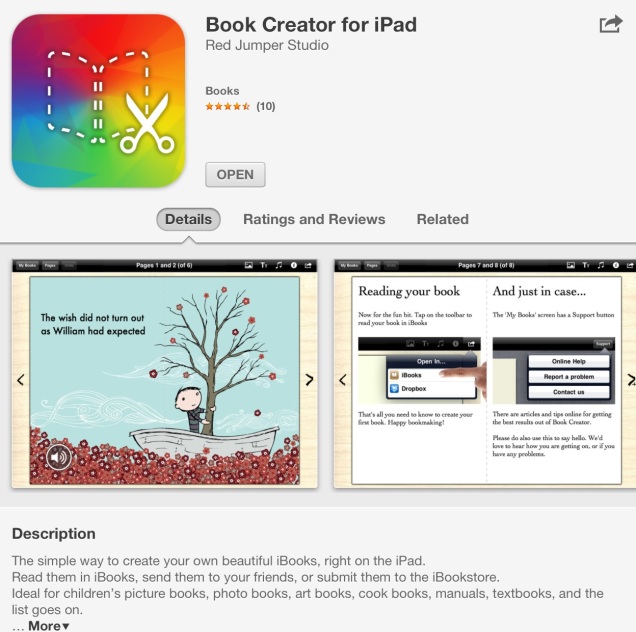This semester in READ 6309 students explored components of a strong reading program. As part of their work, they were asked to contribute to this blog.
By S. Garza
This is the final installment to a four part series that I have written from Janet Allen’s Yellow Brick Roads. She began with the read-aloud as the foundation for a literacy program, followed by shared reading as the heart of reading instruction, then guided reading for comprehension, and we will now get to independent reading. This is where we want all of our students to get to but it is difficult to guide them there.
There are many obstacles for teachers to get students to read independently; the classroom library isn’t well stocked, many students hate reading, they don’t know how to choose books, they would rather be doing anything else, and the list can go on and on.
Allen was able to find books for her classroom only to discover that her students still didn’t think that there was anything good to read. This means that the number of books in your class library doesn’t matter if your students are not familiar with what is there. Allen found an idea called book pass by Carter and Rashkis that she implemented in her class. The idea is to get the students to take a look at many books over a short period of time to see if they might be interested in reading them. The students write down the title, author, and level of interest they have in the book. They may look at five or six books in one day but if this is done once a week they get exposed to a larger number of books than they would under other circumstances. Book passes might let your students know that you have books that do interest them in your classroom library and they might find more books that are at their reading level.
In one of the previous blogs I mentioned that Allen would allow her students to use recorded books during independent reading time. There are both pros and cons to having students use recorded books during independent reading time and each teacher would have to decide whether it is right for their classroom or not. Would you rather have your students read on their own or at a higher lever with support?
Offering the amount of independent reading that Allen is referring to would be difficult for many teachers because it would mean relinquishing a lot of control. The students would be in control of what they choose to read, the level of the book, the genre, and so on. They would also have the opportunity of picking up a book and deciding after the first few chapters that it isn’t really up to their standards and get a new book. She recommends keeping track of the students’ progress through “kidwatching.” As the students are reading you are watching and taking anecdotal notes in a journal about the reactions that they are having. Sometimes they may not be reading and other times they may be having strong physical reactions to the story. All of these notes will show you if the independent reading is going well or not. These notes should guide your decisions for future independent reading sessions in order to make them more and more successful.
Good luck in making all of your students readers!



